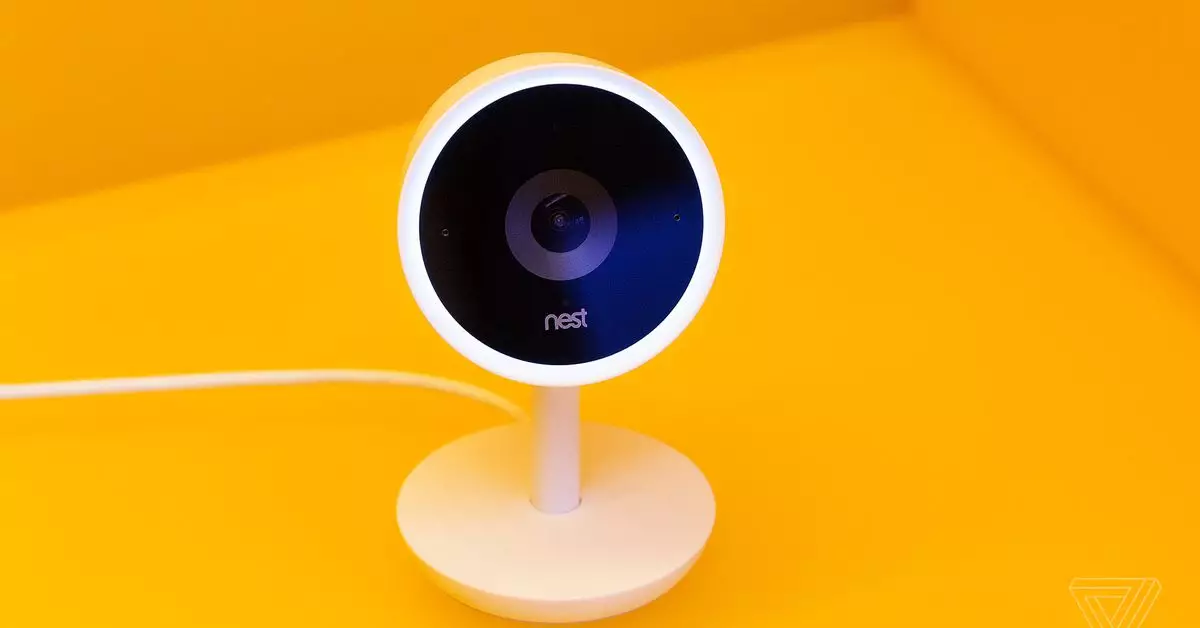In a notable shift towards integrated technology management, Google has introduced a public preview allowing users to control their Nest Cam IQ indoor and outdoor cameras through the Google Home app. Launched in 2017, these devices now join a host of other Nest cameras going back to 2015 that can be managed collectively, creating a more cohesive user experience. This transition represents Google’s ongoing effort to consolidate its home automation ecosystem, aiming to simplify how users interact with their smart home devices.
The enhancement in management capabilities means users can now enjoy a wealth of features without the hassle of juggling multiple applications. By integrating the Nest Cam IQs into the Google Home interface, users can review video history in various formats, adjust camera settings, and even set up automation rules. For instance, families can program their cameras to respond when certain conditions are met, such as activating during specific hours or sending alerts based on motion detection. This consolidates functionality and improves the overall usability, eliminating what was once a fragmented experience across separate apps.
Users who wish to participate in this public preview can easily join either via the Google Home app or through the website. For current participants, there are clear instructions on how to migrate their Nest cameras from the Nest app to the Google Home app. Google emphasizes that this transition can be reversed if necessary, providing users with the flexibility to return either device to its original app setting if they prefer. This kind of adaptable management is critical as it builds user confidence in the new system and allows for experimentation without fear of commitment.
Besides the Nest Cam IQ, Google has also extended compatible device management to the Nest Hub Max, expanding the capabilities of the Google Home app for users enrolled in the preview. However, it’s important to note that while the Hub Max can be transferred to Home, it cannot return to the Nest app, emphasizing a one-way direction for that particular management route. This decision raises questions about how Google plans to balance user choices and its vision for unified home technology controls.
Google has reiterated its commitment to supporting the existing Nest app, ensuring that users still have access to all functionalities they rely on. Notably, the Nest Protect smoke detector and the Nest x Yale door lock continue to operate exclusively within the Nest ecosystem, highlighting a still-divided experience for certain devices. As Google continues to enhance its Home platform, it remains to be seen how such divisions will be addressed in the future, particularly as integration trends evolve.
This shift towards allowing users to manage Nest devices through Google Home is a step forward in creating a more user-friendly interface for smart home management. As technology rapidly advances, the demand for streamlined and efficient device control becomes increasingly vital, and Google appears committed to meeting that need.

